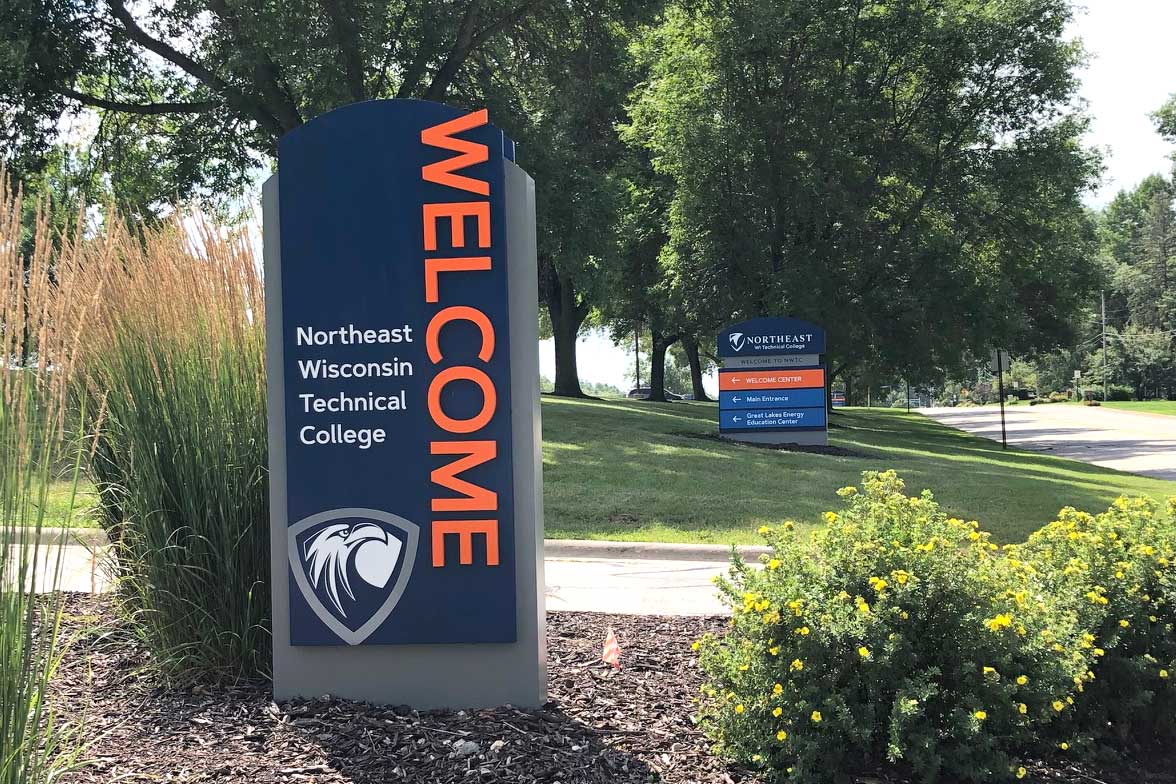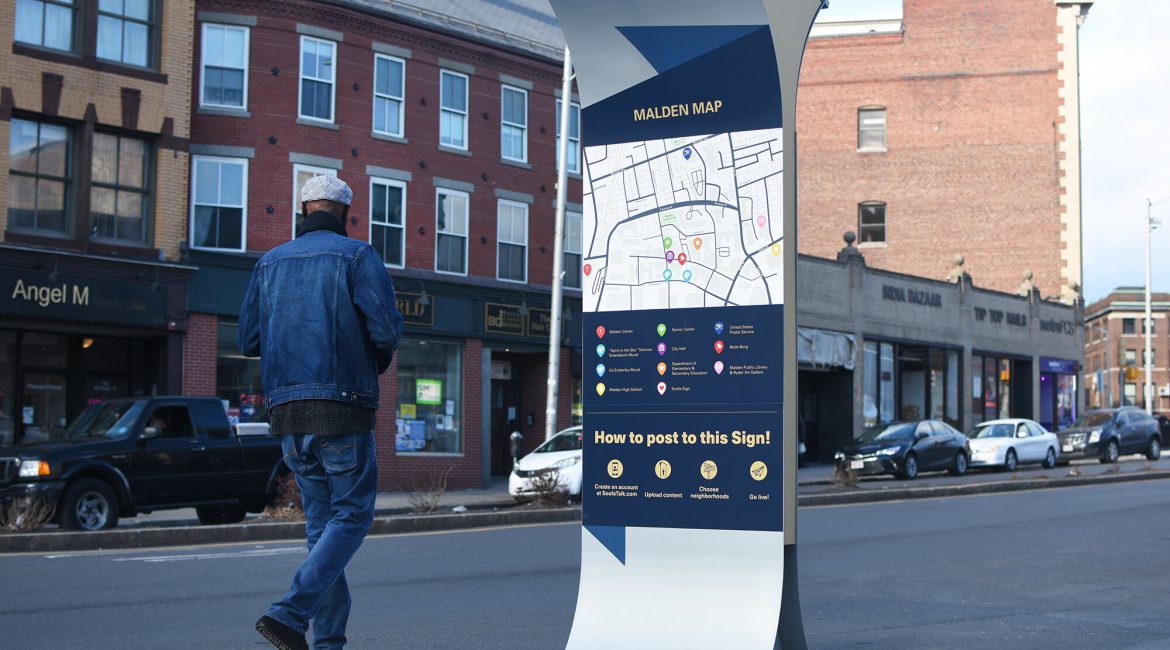Abstract:
Urban navigation is crucial for modern city living, and effective wayfinding signage plays a pivotal role in facilitating smooth movement within urban environments. This paper presents five compelling reasons why investing in a comprehensive wayfinding signage system is imperative for any city. Firstly, such signage enhances public safety by guiding pedestrians and motorists safely and efficiently. Secondly, it caters to tourist needs, providing clear navigation aids and promoting local attractions. Thirdly, it reinforces city branding by showcasing unique identities and creating a cohesive visual identity. Fourthly, it unifies urban identity by harmonizing diverse neighborhoods and districts. Lastly, it drives economic development by directing traffic to key commercial areas and attractions. Assessing the efficacy of wayfinding signage involves evaluating its comprehensiveness, accessibility, and alignment with broader urban planning objectives. By prioritizing strategic signage placement, design consistency, and stakeholder engagement, cities can optimize their wayfinding systems, fostering safer, more navigable urban environments conducive to economic vitality and community well-being.

Urban navigation is an essential aspect of modern city living, and efficient wayfinding signage plays a pivotal role in facilitating smooth movement within urban environments. As cities continue to evolve, the demand for intuitive directional guidance becomes increasingly paramount. Here are five compelling reasons why investing in a comprehensive wayfinding signage system is imperative for any city:
- Enhancing Public Safety: Effective wayfinding signage ensures that pedestrians and motorists can navigate public spaces safely and efficiently. By clearly demarcating pedestrian zones, directing traffic flow, and guiding individuals to designated parking areas, these signage solutions mitigate confusion and minimize the risk of accidents. In environments such as healthcare facilities, strategically placed signage alleviates anxiety by providing clear pathways for patients and visitors, contributing to an overall sense of security.
- Catering to Tourist Needs: Tourism plays a significant role in urban economies, and providing clear, accessible navigation aids is crucial for ensuring a positive visitor experience. Wayfinding signage not only assists tourists in finding their way around unfamiliar surroundings but also serves as a tool for promoting local attractions and amenities. By addressing the informational needs of visitors, cities can cultivate a welcoming environment that encourages repeat visits and fosters economic growth.
- Reinforcing City Branding: A well-executed wayfinding signage program presents an opportunity for cities to showcase their unique identity and differentiate themselves in a competitive landscape. Consistent branding across signage elements reinforces the city’s character and creates a cohesive visual identity. By aligning signage design with the city’s aesthetic and cultural attributes, municipalities can leverage wayfinding as a tool for enhancing public perception and fostering a sense of civic pride.
- Unifying Urban Identity: Cities often comprise diverse neighborhoods and districts, each with its own distinct character. Wayfinding signage serves as a unifying element that harmonizes disparate urban environments, promoting coherence and continuity in the cityscape. By integrating consistent design elements and messaging across various locales, cities can foster a sense of unity and connectivity, enhancing the overall navigational experience for residents and visitors alike.
- Driving Economic Development: Strategically deployed wayfinding signage has the potential to catalyze economic growth by directing traffic to key commercial areas and attractions. By guiding pedestrians and motorists to retail districts, entertainment venues, and cultural institutions, cities can stimulate foot traffic and bolster local businesses. Moreover, by facilitating efficient navigation to transit hubs and transportation networks, wayfinding signage encourages accessibility and enhances the city’s overall appeal as a destination for commerce and leisure.
Assessing the efficacy of a city’s wayfinding signage entails evaluating its comprehensiveness, accessibility, and alignment with broader urban planning objectives. By prioritizing investments in strategic signage placement, design consistency, and stakeholder engagement, cities can optimize the functionality and impact of their wayfinding systems, thereby fostering safer, more navigable urban environments conducive to economic vitality and community well-being.

Conclusion:
In conclusion, investing in a comprehensive wayfinding signage system is not only essential but imperative for cities striving to meet the demands of modern urban living. The multifaceted benefits, ranging from enhancing public safety to driving economic development, underscore the critical role that effective navigation plays in shaping urban environments. By prioritizing strategic investments in signage infrastructure and aligning it with broader urban planning objectives, cities can create safer, more accessible, and economically vibrant spaces that cater to the needs of residents and visitors alike. As cities continue to evolve, the importance of intuitive directional guidance through well-executed wayfinding signage will only grow, cementing its status as a cornerstone of successful urban design and management.




